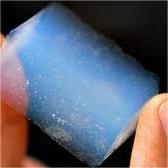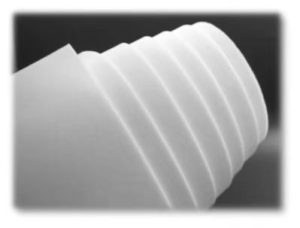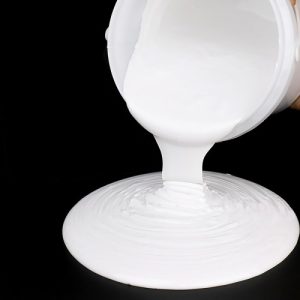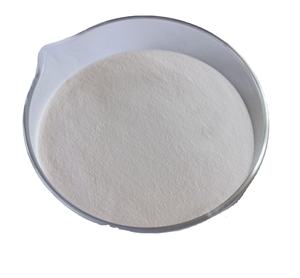Professional industry ceramic supplier, silicon nitride, silicon carbide, aluminum nitride and any other kinds of ceramics.
1. Introduction
Just 24 hours ago, a major breakthrough was announced by a leading advanced ceramics manufacturer: a new generation of reaction-bonded silicon carbide (RBSiC) crucibles demonstrated a 30% longer service life in aluminum smelting trials. This development underscores the growing demand for high-performance silicon carbide crucibles in energy-intensive industries—and raises important questions about material selection, durability, and cost-efficiency.
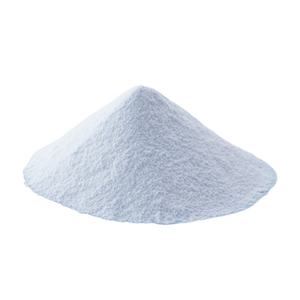
Silicon carbide crucibles have long been prized for their exceptional thermal shock resistance, high thermal conductivity, and chemical inertness. But not all crucibles are created equal. In this article, we’ll compare different types of silicon carbide crucibles, contrast them with alternatives like zirconia and alumina, and even explore how silicon carbide measures up against other advanced ceramics such as silicon nitride and boron carbide.
2. Silicon Carbide Crucible vs. Alumina and Zirconia Crucibles
When choosing a crucible for high-temperature applications, engineers often weigh three main options: silicon carbide, alumina (Al₂O₃), and zirconia (ZrO₂). Each has distinct advantages.
- Silicon carbide crucibles excel in thermal conductivity—up to 120 W/m·K—making them ideal for rapid heating and cooling cycles without cracking. They’re widely used in foundries for melting non-ferrous metals like aluminum and copper.
- Alumina crucibles offer excellent chemical stability and can withstand temperatures above 1700°C, but they’re more brittle and less thermally conductive than silicon carbide.
- Zirconia crucibles provide superior resistance to molten glass and reactive slags, yet they’re expensive and prone to phase instability unless stabilized with yttria.
For most industrial metal casting operations, silicon carbide crucibles strike the best balance between performance, longevity, and cost.
3. Reaction-Bonded vs. Sintered Silicon Carbide: Which Is Better?
Not all silicon carbide crucibles are made the same way. The two dominant manufacturing methods are reaction bonding (RBSiC) and pressureless sintering (SSiC).
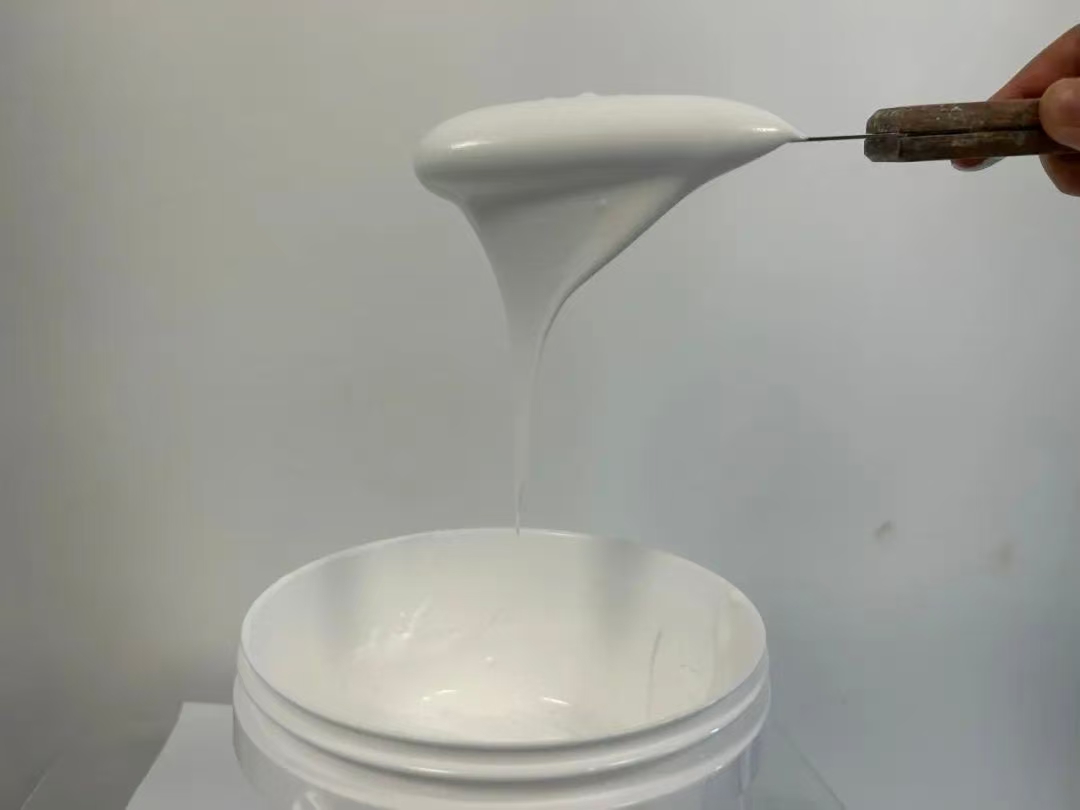
RBSiC crucibles are formed by infiltrating porous carbon preforms with molten silicon, creating a composite with high strength and moderate porosity. They’re cost-effective and commonly used in batch melting operations. You’ll also find RBSiC in structural components like rbsic silicon carbide tile blocks and silicon carbide ceramic columns.
Sintered silicon carbide, on the other hand, is denser, harder, and more chemically resistant—but also significantly more expensive. It’s preferred in ultra-high-purity applications like semiconductor crystal growth or aggressive chemical environments.
In short: choose RBSiC for rugged, economical performance; go with SSiC when purity and extreme wear resistance are non-negotiable.
4. Boron Carbide vs. Silicon Carbide: Beyond the Crucible
While boron carbide (B₄C) is famed for its use in body armor and neutron absorbers, it’s rarely used for crucibles due to its extreme hardness and difficulty in forming complex shapes. However, comparing boron carbide vs silicon carbide reveals key differences:
- Hardness: Boron carbide ranks ~30 GPa on the Vickers scale, slightly harder than silicon carbide (~25 GPa).
- Thermal Conductivity: Silicon carbide wins decisively—boron carbide conducts heat poorly, making it unsuitable for thermal cycling applications.
- Cost & Machinability: Silicon carbide is far easier to machine and significantly cheaper, which explains its dominance in industrial ceramics like silicon carbide burner nozzles, silicon carbide brick linings, and even consumer items like silicon carbide ceramic baking dishes.
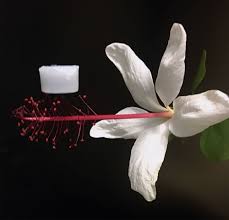
So while boron carbide has niche strengths, silicon carbide remains the workhorse of high-temperature industrial ceramics.
5. Silicon Carbide vs. Silicon Nitride: A Tale of Two Advanced Ceramics
Silicon nitride (Si₃N₄) is another superstar in the advanced ceramics family. Though less common in crucibles, it’s gaining traction in specialized applications. Let’s compare:
Silicon nitride crucibles—produced by select suppliers like those in the silicon nitride crucible factory sector—offer outstanding fracture toughness and resistance to thermal shock, even outperforming silicon carbide in some cyclic heating scenarios. They’re ideal for melting reactive metals like titanium.
However, silicon nitride has lower thermal conductivity (~30 W/m·K) and is more expensive. Components like silicon nitride rings, custom silicon nitride heat shields, and silicon nitride plates are typically reserved for aerospace or high-end engineering.
Meanwhile, silicon carbide dominates broader markets—from silicon carbide ceramic dinner plates and silicon carbide casserole ceramic dishes to industrial silicon carbide tubes and silicon carbide thermocouple protection tubes.
The choice often comes down to application: silicon nitride for extreme mechanical reliability; silicon carbide for thermal efficiency and versatility.
6. Conclusion
Silicon carbide crucibles remain unmatched for most high-temperature industrial processes thanks to their unique blend of thermal conductivity, strength, and affordability. While alternatives like zirconia, alumina, boron carbide, and silicon nitride each have their niches, silicon carbide’s adaptability—from foundry crucibles to silicon carbide ceramic serving bowls and silicon carbide oven ceramic dishes—cements its role as a cornerstone of modern advanced ceramics. As manufacturing techniques like RBSiC continue to evolve, expect even greater performance gains in the near future.
Our Website founded on October 17, 2012, is a high-tech enterprise committed to the research and development, production, processing, sales and technical services of ceramic relative materials such as 5. Our products includes but not limited to Boron Carbide Ceramic Products, Boron Nitride Ceramic Products, Silicon Carbide Ceramic Products, Silicon Nitride Ceramic Products, Zirconium Dioxide Ceramic Products, etc. If you are interested, please feel free to contact us.

